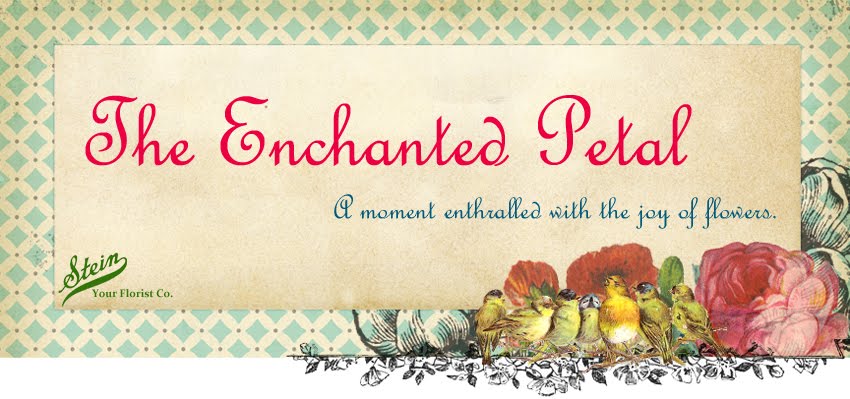 Day 181 –
Bells of Ireland, Moluccella laevis, also known as Molucca balmis and
Shellflower, is a summer flowering annual, native to Turkey, Syria and the
Caucasus. It is cultivated for its spikes of flowers. In the language of
flowers, it represents luck. The tiny white flowers are surrounded by apple
green calyces which are persistent. The rounded leaves are pale green. Fast
growing, Moluccella laevis will reach 1 metre and spread to 30 centimeters with
an erect, branching habit. A member of the mint family, the blooming stems can
be cut and used in fresh or dried flower arrangements. The domestic plant is self-seeding,
prefers full sun and regular water and are unlikely to do well in hot, humid
climates.
Day 181 –
Bells of Ireland, Moluccella laevis, also known as Molucca balmis and
Shellflower, is a summer flowering annual, native to Turkey, Syria and the
Caucasus. It is cultivated for its spikes of flowers. In the language of
flowers, it represents luck. The tiny white flowers are surrounded by apple
green calyces which are persistent. The rounded leaves are pale green. Fast
growing, Moluccella laevis will reach 1 metre and spread to 30 centimeters with
an erect, branching habit. A member of the mint family, the blooming stems can
be cut and used in fresh or dried flower arrangements. The domestic plant is self-seeding,
prefers full sun and regular water and are unlikely to do well in hot, humid
climates.
Day 182 -
It's said that the natives of the Inca Empire worshipped a giant sunflower, and
that Incan priestesses wore large sunflower disks made of gold on their
garments. Images of sunflowers were found in the temples of the Andes Mountains,
and Native American Indians placed bowls of sunflower seeds on the graves of
their dead. The Impressionist period of art is famous for its fascination with
the sunflower, and this striking flower remains today a commonly photographed
and painted icon of uncommon beauty.
 Day 183 - The
8th wedding anniversary flower and the state flower of New Hampshire
(symbolizing the hardy character of the Granite State’s citizens), lilacs are
frequently considered a harbinger of spring, with the time of their bloom
signaling whether spring will be early or late. In the language of flowers,
purple lilacs symbolize the first emotions of love, while white lilacs
represent youthful innocence.
Day 183 - The
8th wedding anniversary flower and the state flower of New Hampshire
(symbolizing the hardy character of the Granite State’s citizens), lilacs are
frequently considered a harbinger of spring, with the time of their bloom
signaling whether spring will be early or late. In the language of flowers,
purple lilacs symbolize the first emotions of love, while white lilacs
represent youthful innocence.
Day 184 –
Handle anemones gently. They require the same general care as other cut
flowers, but because their stems are very soft and easily damaged, handle them
gently and support their stems when re-cutting. The delicate nature of the
blossoms means you’ll enjoy them for 3-5 days.





























